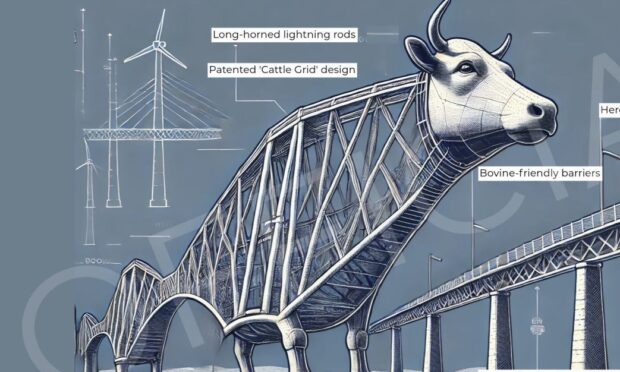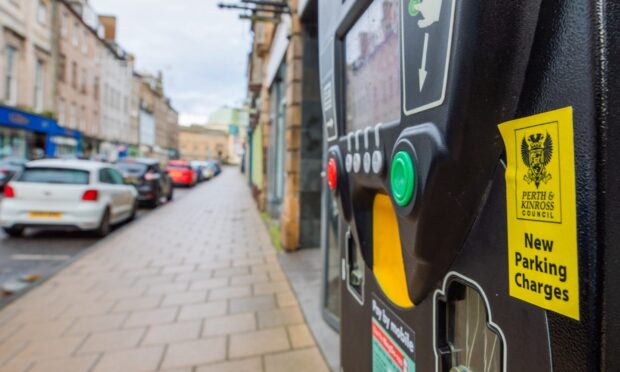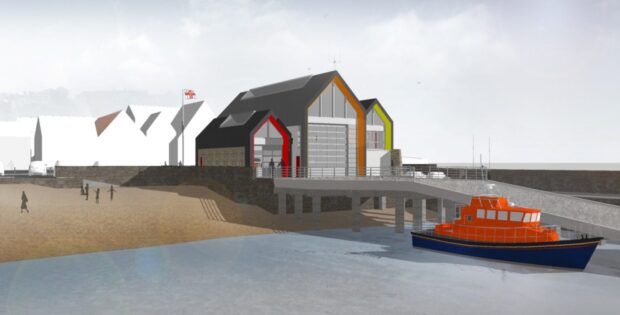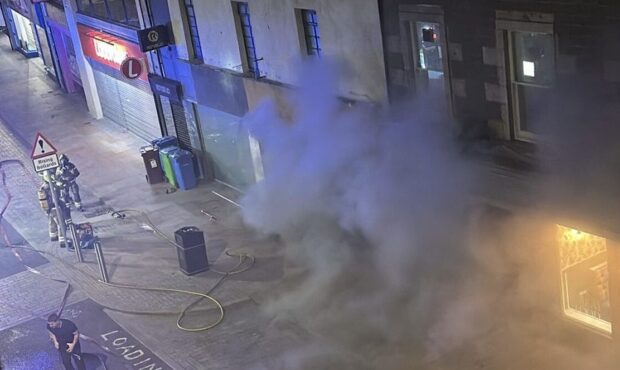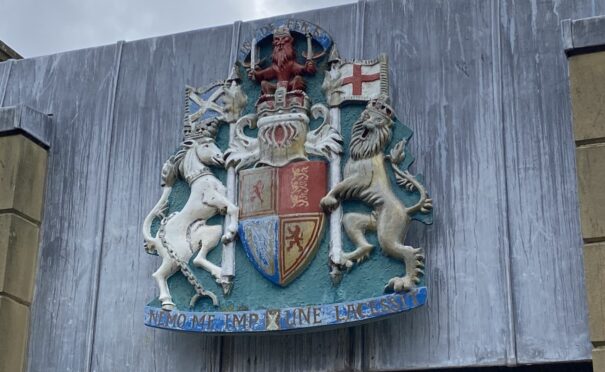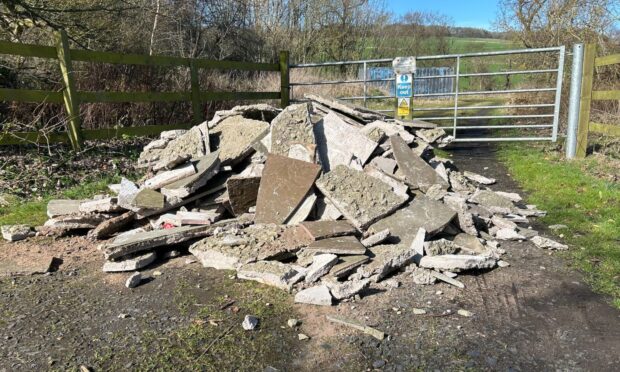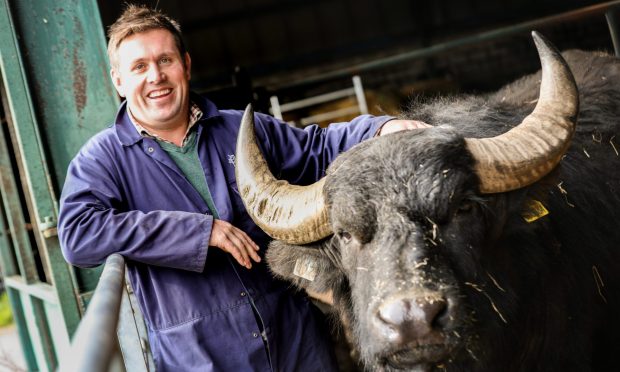A sheriff’s ruling that a worker’s death on the Queensferry Crossing was a “tragic accident” has not been accepted by his family.
John Cousin, 62, from Hexham in Northumberland, died on April 28 2016 after being struck by a crane boom extension weighing 550kg while working as a foreman under the umbrella of Forth Crossing Bridge Constructors (FCBC).
However, the outcome of the fatal accident inquiry into his death at Stirling Sheriff Court was unsatisfactory for his family.
His wife Gladys, daughter Sam and son Jon, who sat through harrowing evidence, said they had been left “very shocked and disappointed” at the sheriff’s findings.
“John was a highly skilled engineer and spent 40 years working around the world on large civil engineering projects, so it is very hard to comprehend how this could have happened and simply how it has come to be that John is no longer with us,” the family said in a statement.
The inquiry heard that the 18-ton Giraf Track crane in question, which had been leased to FCBC by crane company GGR Group, was out of action at the time due to a burst hose that was leaking hydraulic oil.
The accident happened after GGR fitter Stewart Clark had been brought out to the bridge to help fix the machine and was working on it alongside Mr Cousin, the FAI heard.
Sheriff William Gilchrist ruled that the accident was caused by Mr Cousin removing a central pin which was holding a fly jib on to the boom arm of the crane, causing the jib to fall to the ground, striking him on the head and body.
The sheriff recommended consideration be given to having warning labels attached to pivot pins on cranes, “advising operators not to remove the pin without first having confirmed that the fly jib is secured by another pin”.
In a written determination, he said: “I can understand why Mr Cousin’s family might believe that he would not have removed the central pin on his own initiative.
“I can therefore understand why they might be critical of Stewart Clark’s competence and the training provided to him by his employers. However, on balance, I am not persuaded that he instigated or acquiesced in the removal of the pin.
“Accordingly, the criticisms of his training – while justified – cannot give rise to a finding of a defect in a system of work because any such defect would not have contributed to the cause of the accident.”


